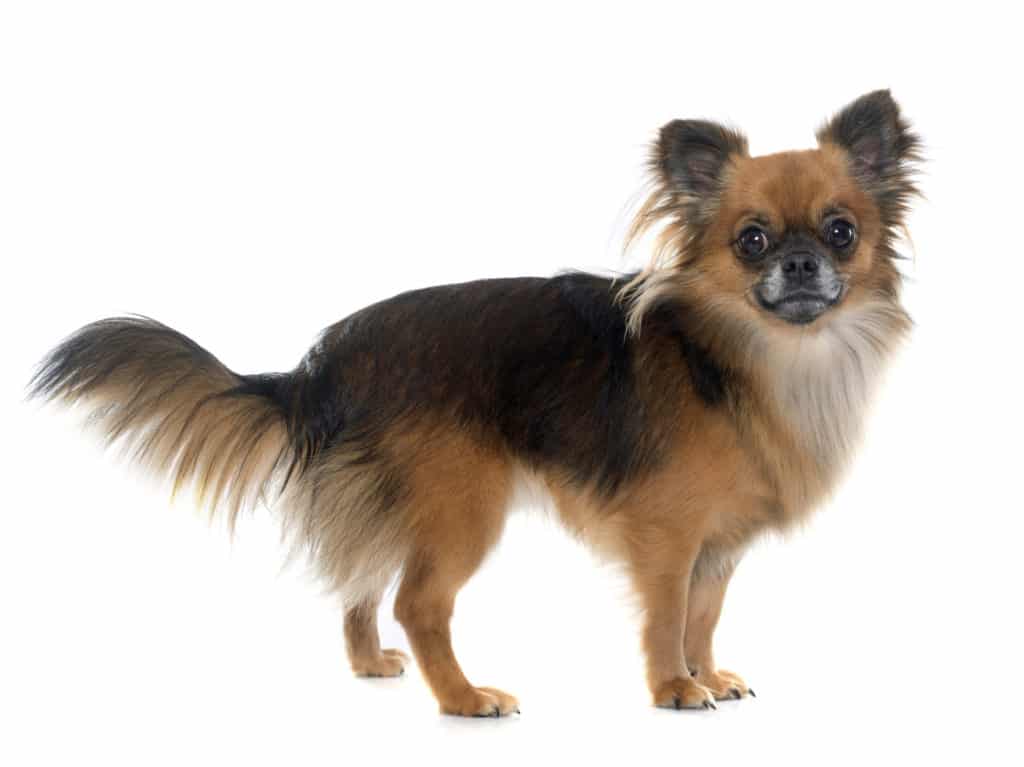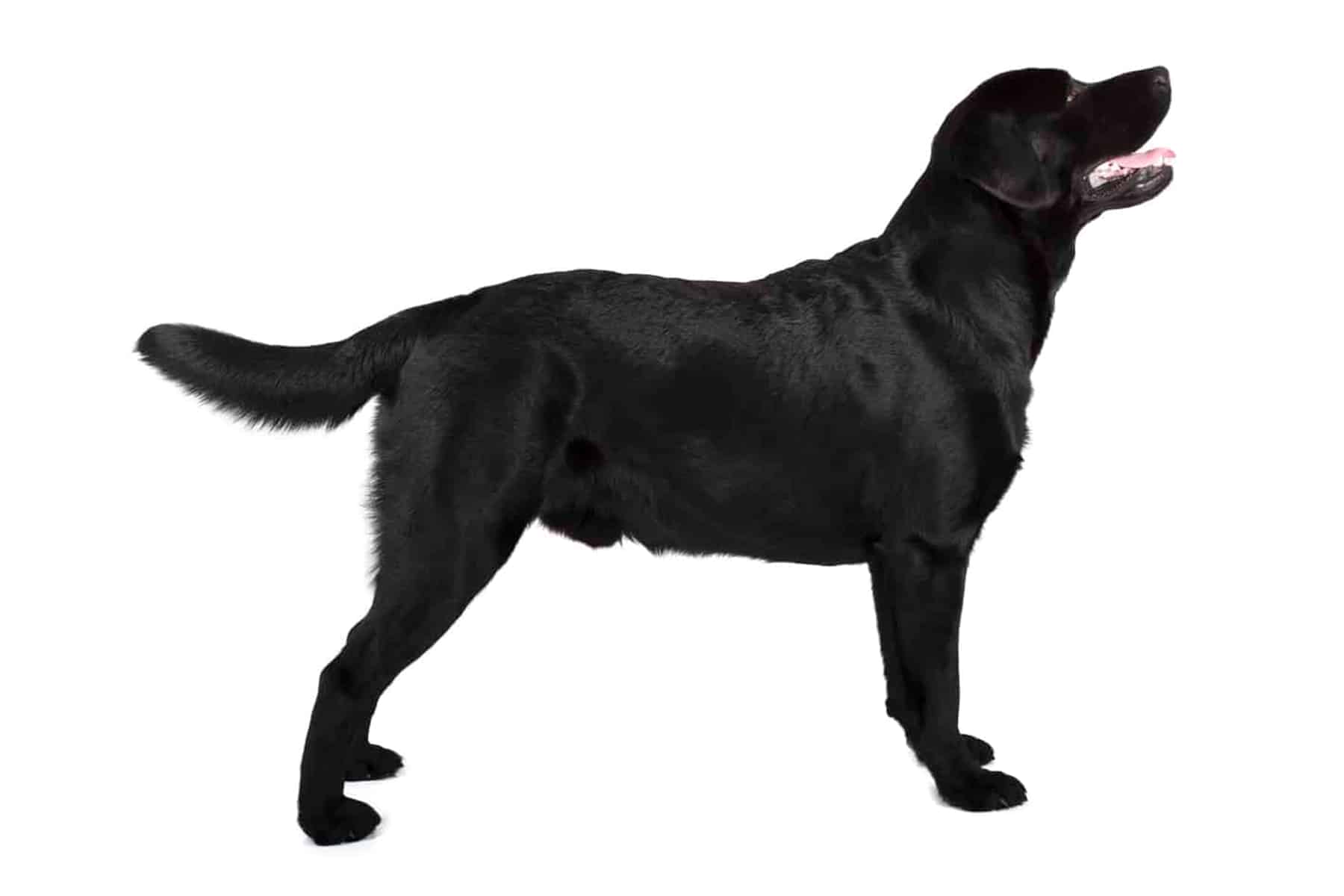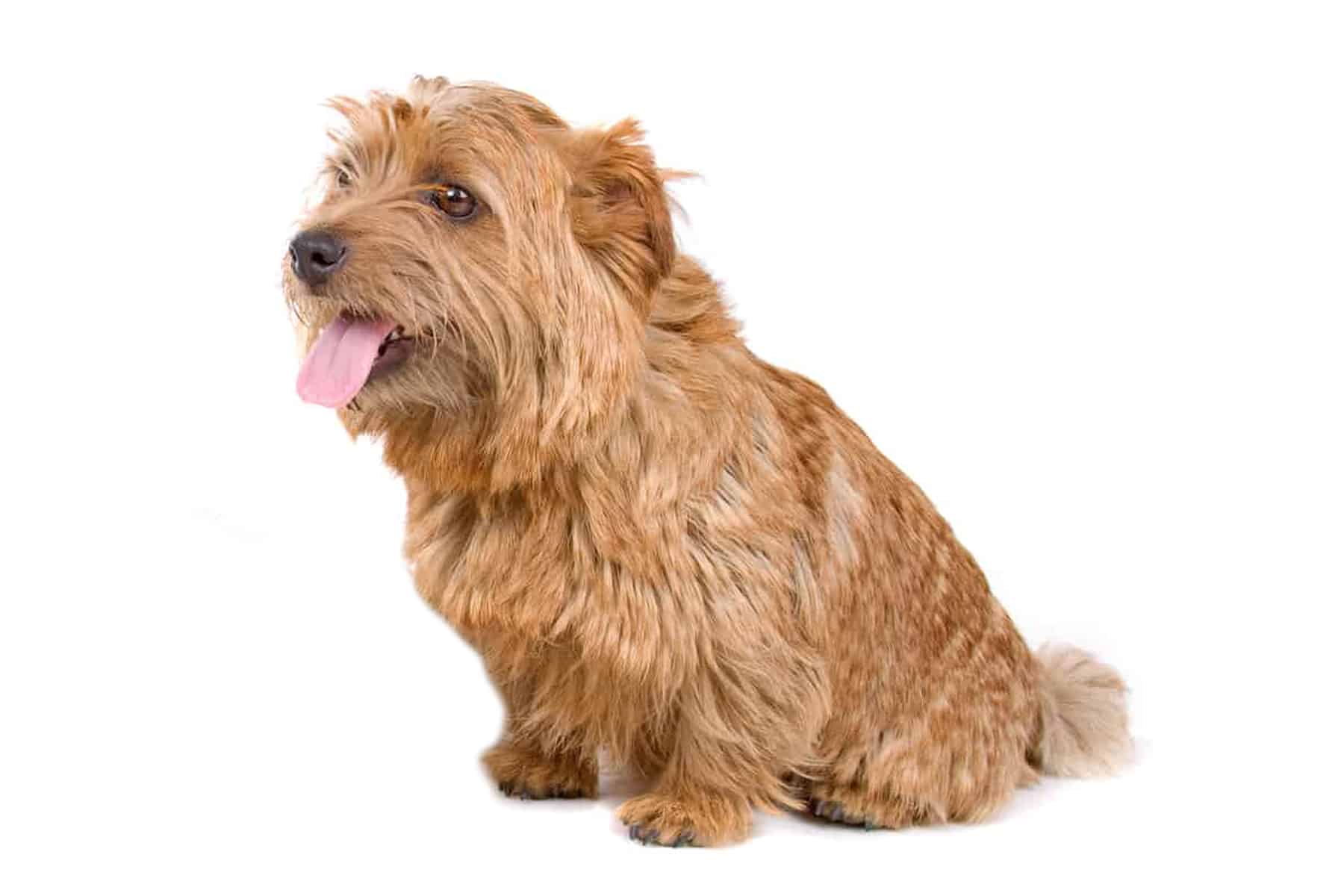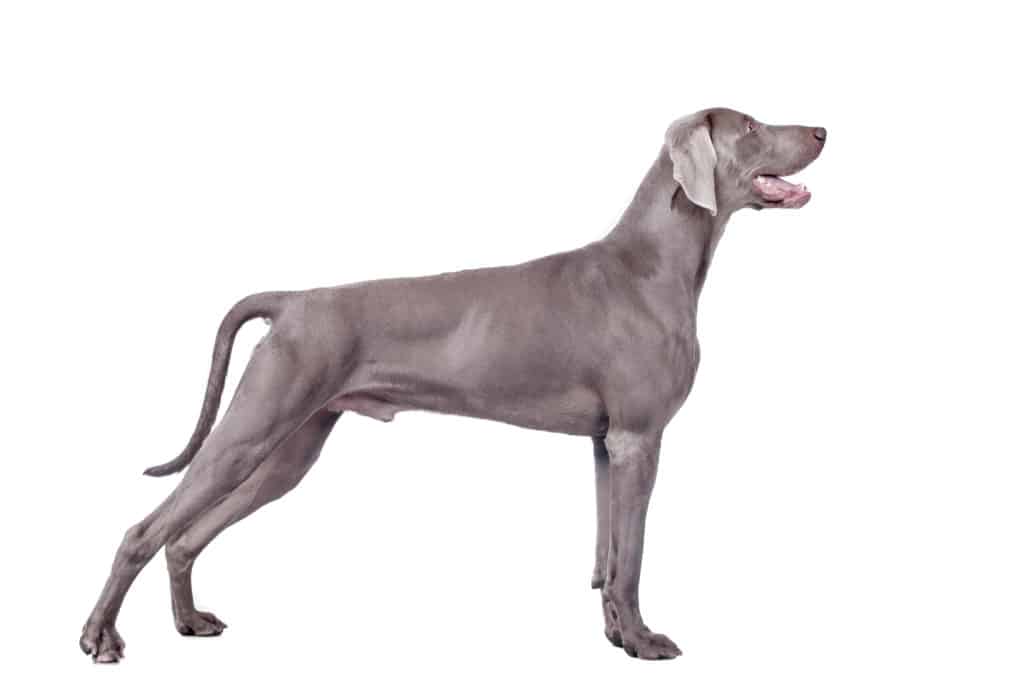Rhodesian Ridgeback
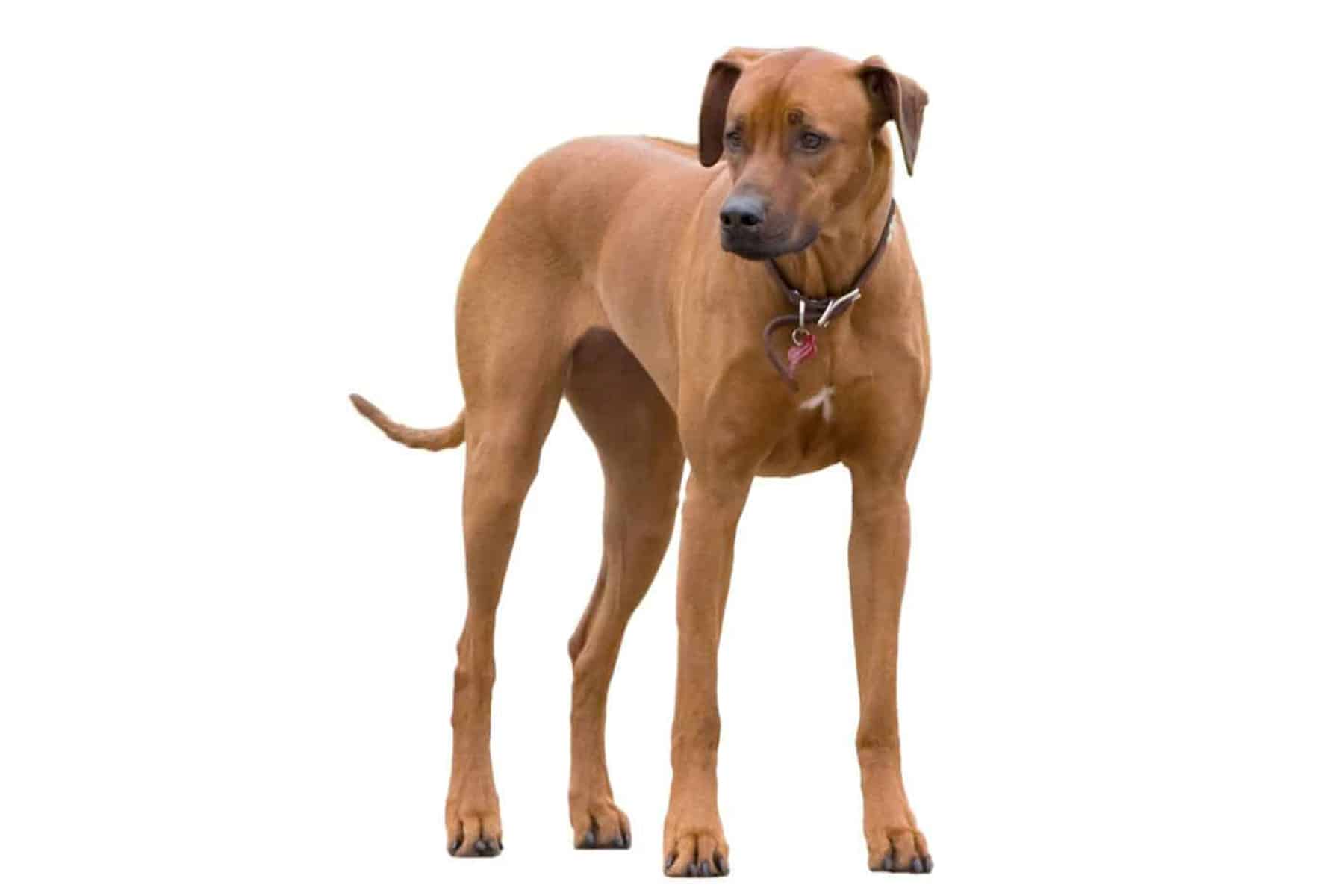
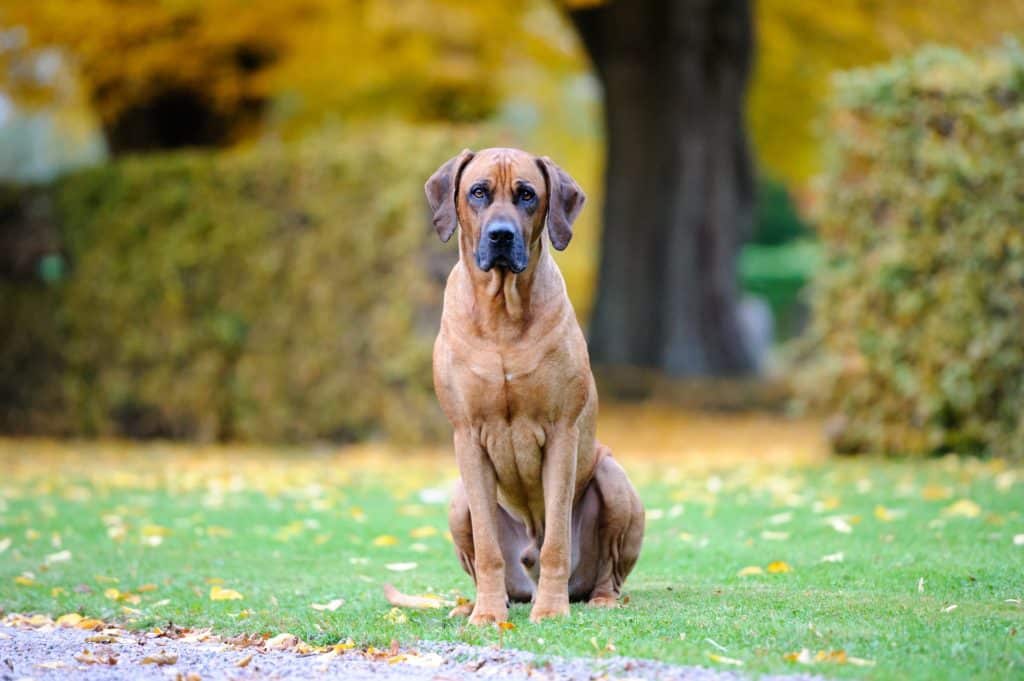

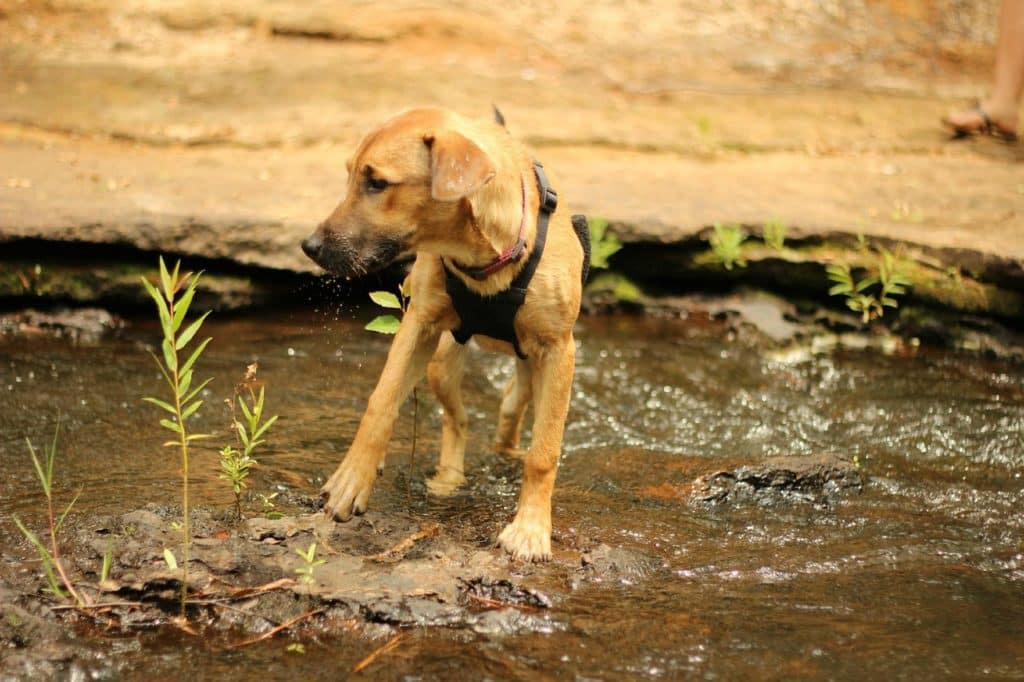
Temperament:
The Rhodesian Ridgeback is no ordinary dog. In the past, the animals helped with big game hunting. The intelligence and courage of its ancestors are still reflected in its character today. The Rhodesian Ridgeback is a dog that needs to be skillfully trained. It needs a consistent caregiver. In the right hands, it will develop its loyal and gentle nature. The breed is suitable for life in a family with children, with a few restrictions.
Characteristics
In the FCI breed standards, the Rhodesian Ridgeback is assigned to Group 6.
The Rhodesian Ridgeback owes its name to the breed's typical crest, which grows on the back against the direction of the coat. The coat of these elegant and strong animals varies from light wheat to red bay. It has no undercoat and is smooth, short and dense.
The Rhodesian Ridgeback is relatively insensitive to heat and weather. It is robust and alert and is ideally suited to being kept outdoors. However, it will not be happy in kennels or dog houses. He does not tolerate a lack of attention well. It is rather unsuitable for keeping indoors.
The Rhodesian Ridgeback is a dog that loves exercise and is eager to learn. It therefore needs plenty of exercise and needs to be kept busy. A lack of both leads to the Rhodesian Ridgeback becoming stunted and behaving conspicuously.
The Rhodesian Ridgeback is loyal and bonds closely with its pack members. This makes it an excellent companion and family dog. It can also be used as an assistance dog. Its fearless and peaceful nature allows it to remain calm even in exceptional situations. Provided that the owner manages his stormy temperament in the right way. A sensitive and consistent hand is necessary.
Aggression and harsh punishments are too much for this dog. It reacts defiantly and stubbornly to bad moods or anger. The Rhodesian Ridgeback is a dominant dog. He will subordinate himself out of genuine respect.
His high social intelligence allows him to recognize many things. This includes recognizing children in the family group as kittens. He is more likely to give in to them playfully. He does not accept strict obedience from everyone. The Rhodesian Ridgeback needs a clear hierarchy in a family with children. In case of doubt, he will otherwise take over the educational tasks.
The animals are suspicious of strangers. On the other hand, they are not afraid to defend their pack members. When playing with conspecifics, the Rhodesian Ridgeback is boisterous and rough-tempered. During puberty, the males play the macho role and need a strong hand at the other end of the lead. Females like to be bitchy towards other females. As they get older, however, they become calmer and more balanced. They are considered late developers. They are not physically and characteristically mature until they are two to three years old.
Anyone buying a Rhodesian Ridgeback should not make a frivolous decision. Dog lovers with expertise and enough time will get a great companion. You can literally go through thick and thin with a Rhodesian Ridgeback.
Coat care:
Shedding:
Energy level:
Trainability:
Children suitable:
The right food
When choosing food, make sure that it contains high-quality ingredients, is balanced and meets your dog's requirements. Age, size or weight, activity and health status play an important role. You should follow the manufacturer's recommendations for the amount of food.
Treats should only be fed in moderation and deducted from the basic diet to avoid obesity.
Puppies can be fed 4-6 times a day. The number of meals should be gradually reduced to 2 per day until the dog is fully grown. A rest period should be observed after meals.
Fresh drinking water should be available at all times.
Health & Care
The active Rhodesian Ridgeback is uncomplicated to care for on a daily basis.
The coat of the Rhodesian Ridgeback looks healthy and shiny even without a lot of grooming. Brushing once or twice a week (against the grain) is sufficient. This is best done with a rubber brush. The grooming removes excess hair and ensures a deeper bond. It is best to start as a puppy so that he can later be handled without resistance on all parts of his body.
What the Rhodesian Ridgeback does not like is water, as the original habitat of this breed is the savannah. Please only bathe them if it cannot be avoided. Because of this aversion to water, the Rhodesian Ridgeback is rarely used by the police. However, its intelligent and courageous nature makes it an excellent service dog.
As long as the claws do not wear off by themselves, they should be trimmed regularly. In winter, you can protect the sensitive pads from the cold and cracks with a little milking grease. It is best to avoid gritted paths.
After every walk you should check the paws and clean off any debris.
To prevent dental problems, you can give him bones or chews and brush his teeth.
Suitable accessories
The mentally active Rhodesian Ridgeback enjoys educational toys. Objects such as the Kong or a feeding station sharpen their intelligence and senses.
Other accessories that are part of every dog's basic equipment include a collar or harness with lead, dog basket or dog mat as a place to retreat to, water and food bowl, tick tweezers, claw clippers, mild dog shampoo, brush or rubber curry comb, toothbrush and toothpaste for dogs, transport box for transportation in the car and a first aid kit. It's best to ask your vet what should be in the first aid kit.
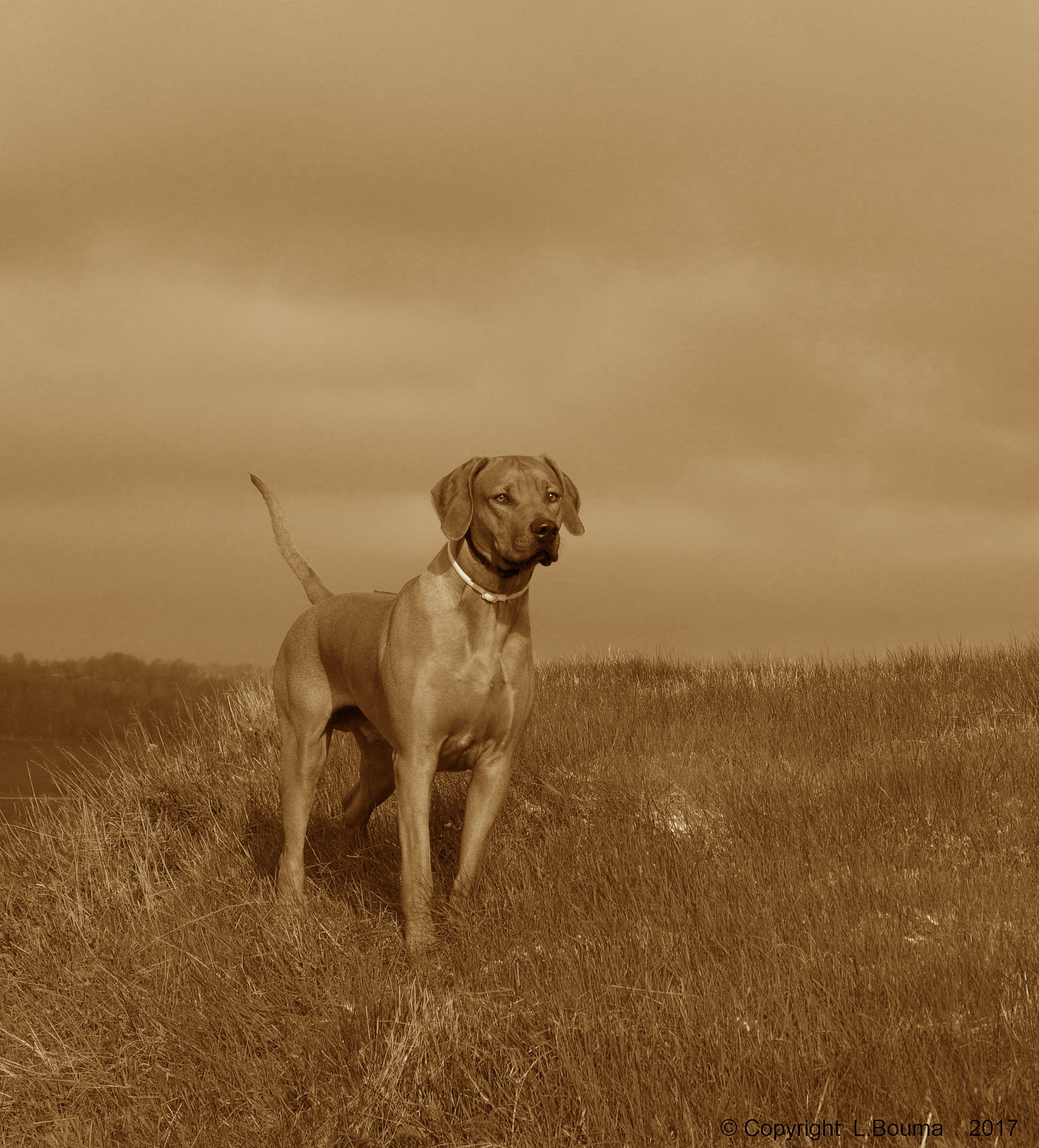
Origin & History
This powerful breed is also known as the lion hunter. It originates from southern Africa. The origins of the Rhodesian Ridgeback go back many centuries. The first white settlers reported dogs with the typical ridge on their backs. They were rather small and looked like hyenas. Their courage and endurance were impressive. The settlers crossed these so-called Hottentot dogs with their own animals.
A new breed emerged in the middle of the 19th century. It was in no way inferior to the Aboriginal dogs, but was larger and stronger. The animals helped the settlers hunt big game and protected the farms. The name lion hunter or lion dog comes from the fact that the dogs helped hunt big game. Once the pack had tracked down a lion, they kept it at bay with mock attacks. The hunter only had to put on his rifle.
Only the most skillful and fearless survived such a hunt. This natural selection is still evident in the nature of this breed today.
In 1879, a missionary crossed the South African dog with Great Danes and European hunting dogs. Today's Rhodesian Ridgeback has been officially recognized as a breed since 1924. Its standard is based on the Dalmatian. It is the only South African breed to be included in the standard lists.
